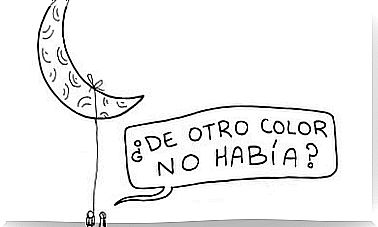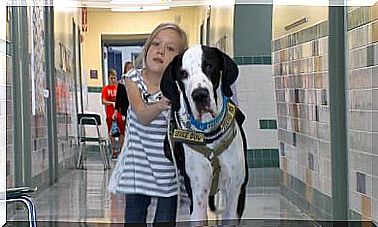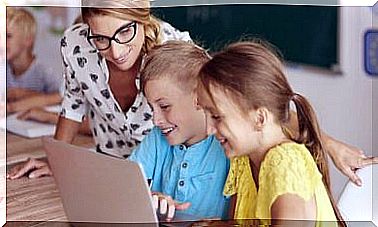How To Instill Hope In Children

Following the phrase of the famous psychologist Jean Piaget, who considers that “knowledge is a system of transformations that become progressively adequate”, we can deduce the importance of instilling hope in children. Hope is one of the values that they develop before, but also one of those that can disappear faster with their development.
A child is capable of waiting for a gift day after day and year after year. The little one never loses hope when he really wants something. Now, as he gets older, if the young man gets used to never getting anything, he will also end up losing it, and this fact can have dire consequences on his psyche and proper development.
It is therefore important to instill hope in our little ones. In addition, it is also essential to enhance it, as it is a value that you should never lose. This is a mission that falls to parents, teachers and monitors.
However, it is also necessary to remember that it is not good to allow the little one to end up in excessively naive attitudes. That is, the child’s hope of achieving a chimera, an unrealizable dream or an impossible act should not be enhanced.
How to create the right space to instill hope
To learn how to instill and enhance hope in our little ones, we are going to draw on the theories of Paulo Freire, one of the most important child psychologists of the 20th century . He bases his thinking on a series of simple and very useful premises:
Stimulation

An important detail that will allow the child to always maintain and enhance values such as hope is stimulation. We have to encourage the young person to ask questions, feel curious to learn and have an interest in discovering. Teaching him to experiment and always go the extra mile to explore his limits is truly helpful and appropriate.
Exemplification
It is complex to try to instill in the little ones values such as hope if we do not serve as a mirror and an example. We must transmit to the child everything that we really want him to learn through gestures, words, behaviors, etc.
Autonomy
Autonomy is always important in the lives of children. Too much protection can cause the young person to overvalue hope, clinging to it in an unhealthy way. However, if he is free to experiment, check, and even get frustrated by stepping out of his comfort zone, his development will be much better suited.
Active listening

The best way to instill any value in a child is to actively listen to it. In this case, we are concerned with hope, and it is necessary for him to feel understood and respected.
In this way, you can start a one-to-one dialogue in which you can clearly explain everything you want to say in your little one and he will understand it, internalize it and make his own critical judgments.
Generosity
Generosity is a wonderful value that will instill in your little one notions of nobility and empathy. What better way to understand hope? Give without expecting anything in return, as it is the ideal way to obtain rewards. What you don’t like being done to you, don’t do it yourself. With this attitude, hope will rarely turn to naivety.
Creation
Finally, if you want to transmit values in the child such as hope, it is best to form a creative space in which the information received and transmitted is useful, with freedom to interpret, with a good predisposition to acquire knowledge and responsibilities and with a desire to do everything better and better.
How to instill hope in a practical way

Once we have created the adequate space of understanding for our little one to internalize values such as hope, it is time to put everything we have learned into practice. To do this, you can carry out activities such as :
- Use of positive reinforcement when the little one acts correctly.
- Panels to establish rules to be respected.
- Instill a love for reading and stories or fables.
- Combine experimentation with the visual, so that the little one can manipulate, but also observe.
- Use the example without differentiating responsibilities between equals, using the appropriate language and always respecting the idiosyncrasies of each personality.
Instilling hope in the little ones and allowing them to never lose it when they are older is an exercise of positive responsibility for the development of the little one. Despite having to be attached to reality, illusion and achievable dreams should never be lost.








